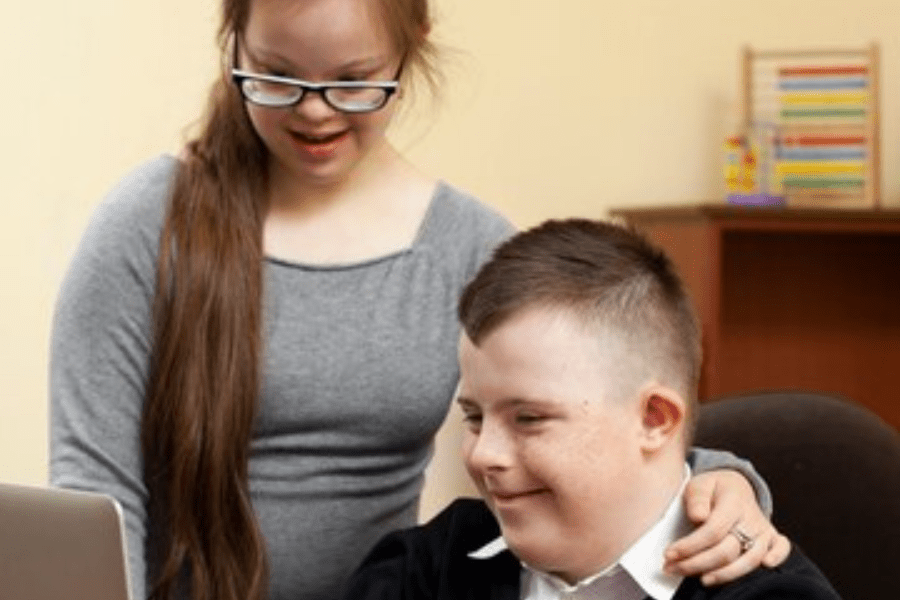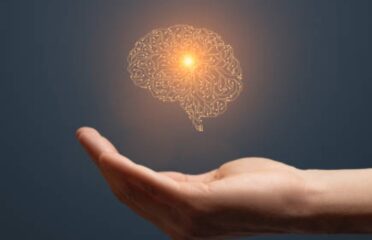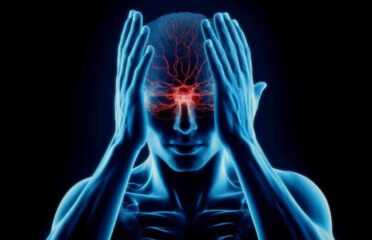Gerstmann Syndrome
Overview

Gerstmann syndrome is a rare neuropsychological disorder consisting of a tetrad of symptoms which include impairment in performing mathematical calculations, discriminating their fingers, called finger agnosia, writing by hands called agraphia, and impairment of distinguishing left from right, known as left-right disorientation. This activity illustrates the evaluation and management of Gerstmann syndrome and reviews the role of the interprofessional team in improving care for patients with this condition.
Gerstmann's syndrome is a cognitive impairment that can result from damage to a specific area of the brain known as the left parietal lobe in the region of the angular gyrus. This can occur after a stroke.
Symptoms
• The symptoms and signs of this disease in children may appear late in the years after perinatal asphyxia and may only suffer from other symptoms in the neonatal period; seizures.
• Other symptoms and signs that may accompany this syndrome differ according to the cause of this syndrome such as; apraxia, optic ataxia, cognitive decline, numbness, or weakness. Gesture imitation defects and toe agnosia may be seen as an association with finger agnosia so it may be named digit agnosia.
• There is poor handwriting and spelling skills.
• Affected individuals have difficulty with math functions, including adding, subtracting, multiplying, and dividing.
• Children who are bright and functioning intellectually at a high level may be affected by the disorder and suffer from brain damage.
Causes & Risks
Gerstmann's syndrome is a neurological condition with various causes. While the exact origin of the syndrome isn't known, it is often associated with damage to specific areas of the brain.
• Brain Damage to the left parietal lobe of the brain, often due to stroke, brain tumors, or infections such as encephalitis, can result in Gerstmann's syndrome.
• Interruption of blood flow to the brain, leading to conditions like stroke or cerebral ischemia, can cause damage to the brain regions.
• Certain neurological conditions or disorders such as Alzheimer's disease, and multiple sclerosis, may sometimes manifest symptoms similar to Gerstmann's syndrome.
• In some cases, developmental abnormalities or malformations in the brain during fetal development may lead to Gerstmann's syndrome, though this is relatively rare.
Test & Diagnosis
• Showing all neurological symptoms suggests a diagnosis of Gerstmann syndrome, particularly when other causes of these symptoms are ruled out.
• Among children, most cases are recognized at school age when the affected individual has difficulty in math and writing. Affected children may also have problems in spelling, performing the basic four mathematical calculations, and distinguishing left from right. Also, they generally fail the finger identification test.
• Many such children will find it difficult to copy simple drawings.
• Evaluating a patient's writing ability is part of the complete neurologic workup for language, including fluency, comprehension, repetition, naming, and reading. The complete evaluation of both verbal and written language is essential to elucidating the cause of agraphia.
Treatment
There is no cure for Gerstmann's syndrome. But an attempt to treat is made possible in various ways, to arrest the conditions…
• Treatment is symptomatic and supportive.
• Occupational and speech therapies may be greatly beneficial.
• It may be reversible and can be treated such as removing the tumor, the haemorrhage, or epilepsy focus lesion, or treating the diffuse etiology like carbon monoxide poisoning.
• Calculators and word processors may help school children cope with the symptoms.
In general, speech and language therapy, and occupational therapies are the cornerstones of treatment for both central and peripheral agraphia.
Living With
There are several issues faced by people living with Gerstmann's syndrome. They can present various challenges as it affects several cognitive functions.
Gerstmann's syndrome is a neurological disorder characterized by difficulties in performing specific tasks related to orientation, writing, calculation, and finger recognition. Adaptations are often necessary to navigate daily life.
Connecting with healthcare providers, therapists, and support groups can be very beneficial. They offer guidance, therapies, and strategies to improve quality of life. Using assistive devices or adaptive tools can help compensate for difficulties in writing.
Occupational therapy, speech therapy, and cognitive rehabilitation can be instrumental in developing strategies to enhance skills affected by the syndrome.
Educating oneself can foster understanding and empathy. Establishing structured environments can provide a sense of stability, which may ease some of the challenges.
Complications
There are several complications with Gerstmann's syndrome…
• As the number of Gerstmann’s syndrome components increases the responsible lesion tends to be larger and the neurological impairment tends to be larger too.
• Every patient with the 4 components of the syndrome is likely to have severe impairment of brain function and the lesions tend to compromise the survival of the patient.
• Gerstmann's syndrome symptoms are also thought to occur in children but it is more likely that they adapt to life with them.
• It may occur after a stroke or in association with damage to the parietal lobe. It is characterized by four basic symptoms: A writing disability, a lack of understanding of the rules for calculation or arithmetic, an inability to distinguish right from left and discriminating their own fingers





